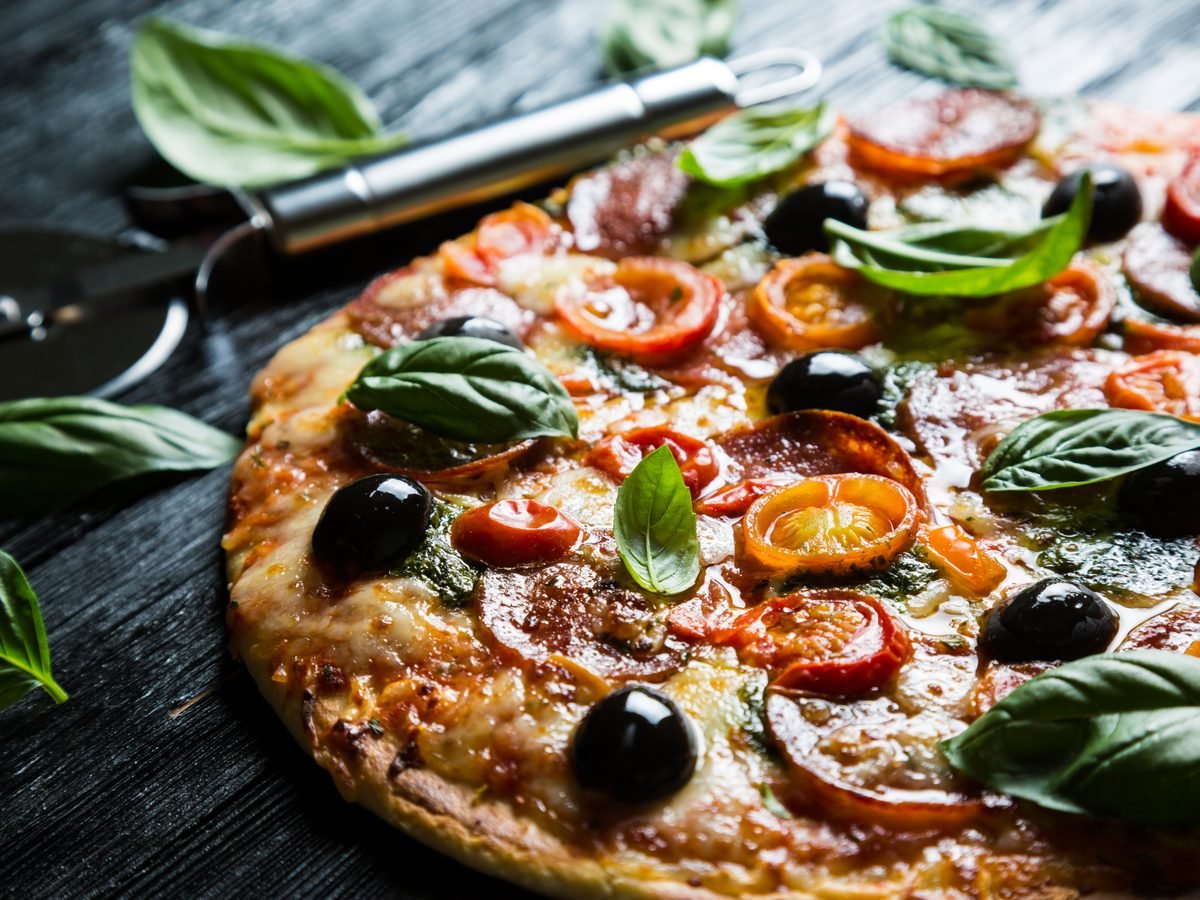
Don’t believe everything you read
By now you’re probably familiar with antibiotics in your meat, pesticides on your produce, and the E. coli contaminating your lettuce. But even supposedly healthy foods can pack some surprises. We rounded up some food facts you won’t find on any nutrition label, and the results may forever change what, how, and where you eat.
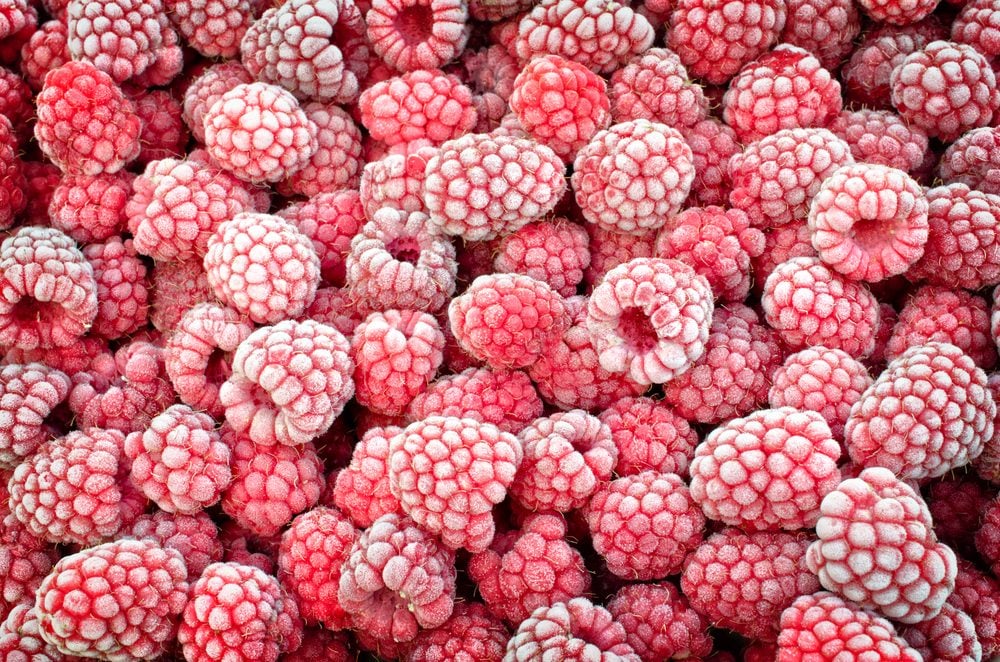
Frozen fruit can be healthier than fresh
Fresh is best—most of the time. Research shows that frozen fruits are generally equal in nutrition to—and can even offer more benefits than—their fresh counterparts, says Amy Gorin, MS, RDN, owner of Amy Gorin Nutrition in New York City. One study published in the Journal of Agricultural and Food Chemistry found that freezing fruit helped retain nutrients such as vitamin E and minerals such as calcium and iron. Frozen fruit makes nutritious food available to us all year long.
These infographics show when fruits and vegetables are in season.
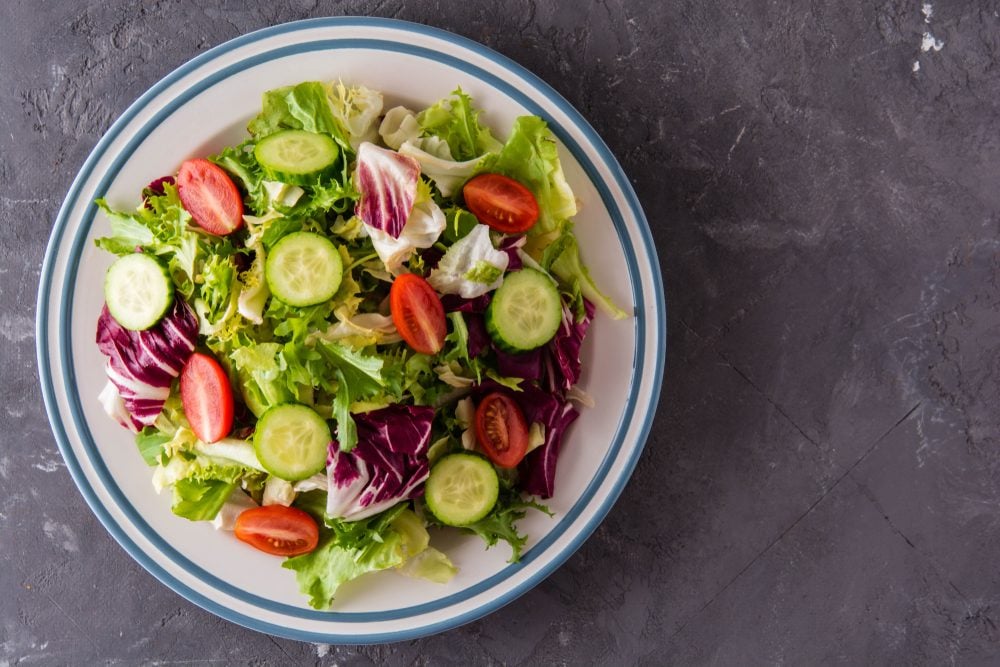
Some bottled dressings use the same ingredients as sunscreen
Titanium dioxide is a key ingredient in sunscreen and paint, and the one responsible for their white colour. But it’s also found in many brands of store-bought salad dressings, as well as coffee creamers and icing, says Brigitte Zeitlin, RD, an owner of BZ Nutrition. Fortunately, if you want to avoid it, cutting your consumption isn’t difficult. If you’re not up for reading labels on the bottled stuff, DIY salad dressing can be as simple as splashing a little olive oil and lemon juice on your greens, and you can use regular milk or cream in your coffee.
Make sure to avoid ordering this salad at restaurants.
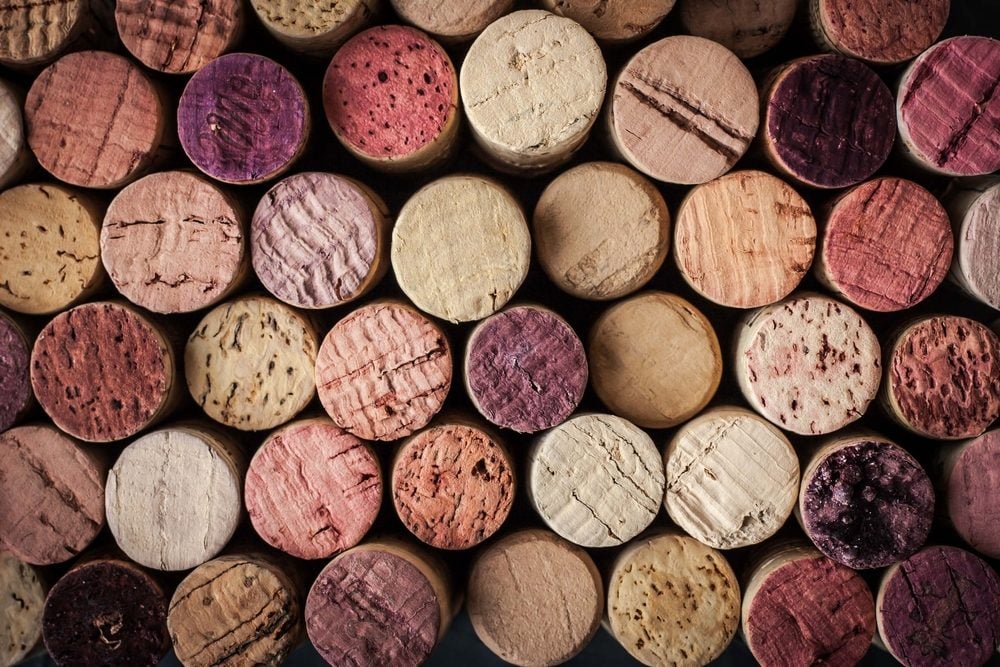
Not all wine is vegan
File this under the category of inconvenient food facts: Who would ever guess that your vino might not be vegan-friendly? It’s true, says Ginger Hultin, RD, a spokesperson for the Academy of Nutrition and Dietetics and the nutritionist behind ChampagneNutrition. “In order to make wine clear, fining agents are used—commonly casein (a milk protein), albumin (egg white), gelatin (animal protein) and isinglass (fish bladder protein).” Although there is generally no residue from these products left in wine after processing, anyone who opposes using animal proteins in their food should seek out wine specifically labeled “vegan.”
Find out which fast-food items nutritionists never order.
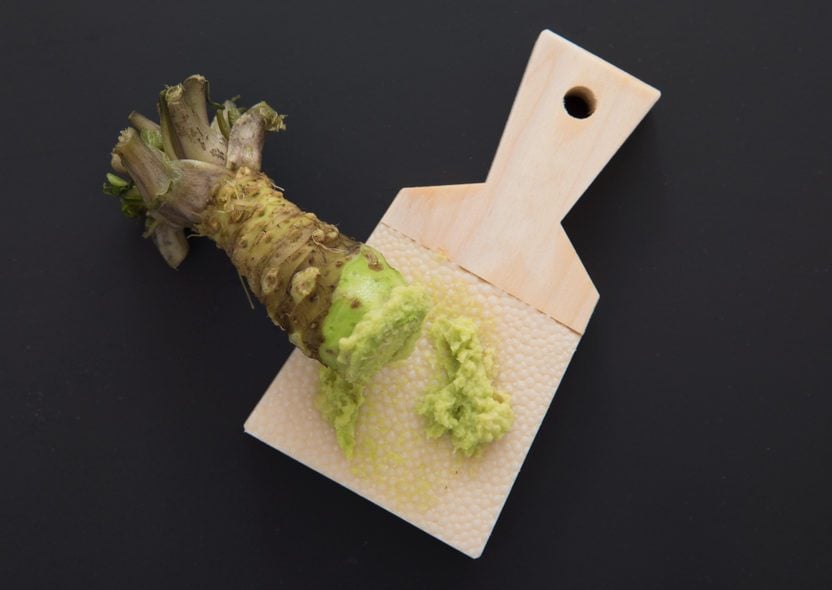
You’ve never had real wasabi
Anyone who’s ever had a California roll is familiar with that little green ball of sinus-clearing spiciness. But it’s probably not authentic wasabi, which comes from the roots of the wasabi plant and is naturally green in colour, says Gorin. Most of what you’ll find in the United States is actually horseradish mixed with a few other ingredients, such as oil, water, and either natural or artificial colouring. Both horseradish and true wasabi come from the same Brassica family of plants that also includes broccoli and cabbage, but wasabi is difficult to grow outside of Japan, which is why you won’t often find it stateside. (There are a few growers in the Pacific Northwest and Canada.) Wasabi has a more complex flavour than horseradish, with some floral notes and some sweetness.
We answer the age-old question: is sushi healthy?

Why soda won’t catch on fire
Need another reason to put down the soda and pick up the H20? One of the more unpleasant food facts ought to motivate you: A common ingredient in pop is brominated vegetable oil (BVO), which has been banned as a food additive in Europe. The reason? Excessive intake of bromine, one of the main chemicals in BVO, is thought to lead to memory loss and nerve damage, says Zeitlin. It’s also commonly used in flame-retardant materials.
Get to know the worst foods for your cholesterol.
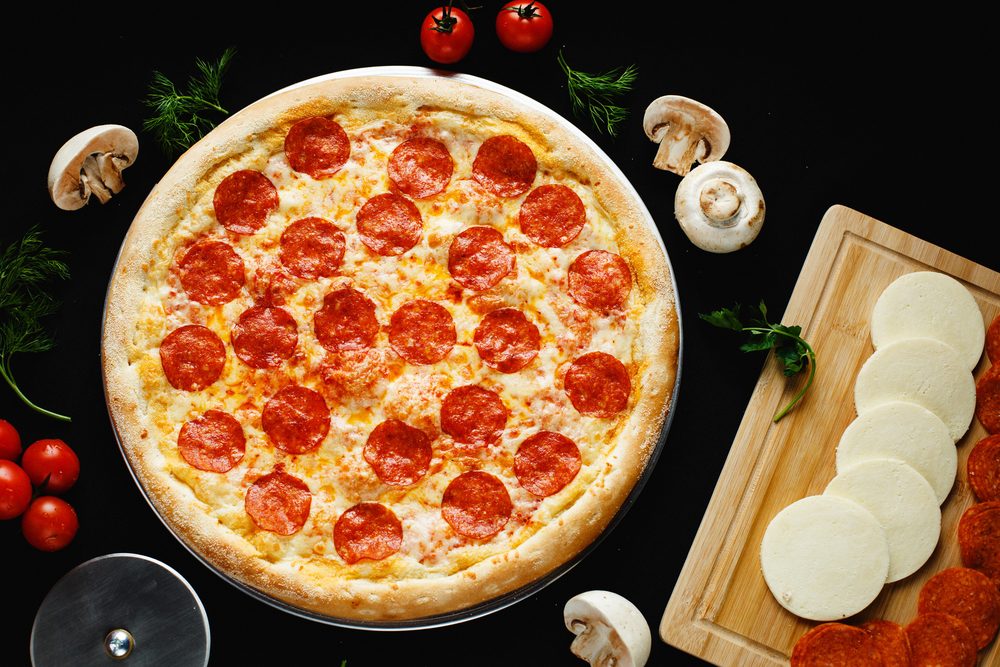
Pizza hides the salt
The majority of salt in the North American diet doesn’t come from a shaker. It comes from processed foods like soups and sauces and one other culprit that tends to fly under the radar: pizza. One slice can have upwards of 600 milligrams, says Hultin—that’s nearly half the sodium you need in a day. The American Heart Association suggests not exceeding 2,300 milligrams and, ideally, limiting yourself to 1,500 milligrams. So keep an eye on that pie.
Add fresh flavour to your slice with these healthy pizza toppings.
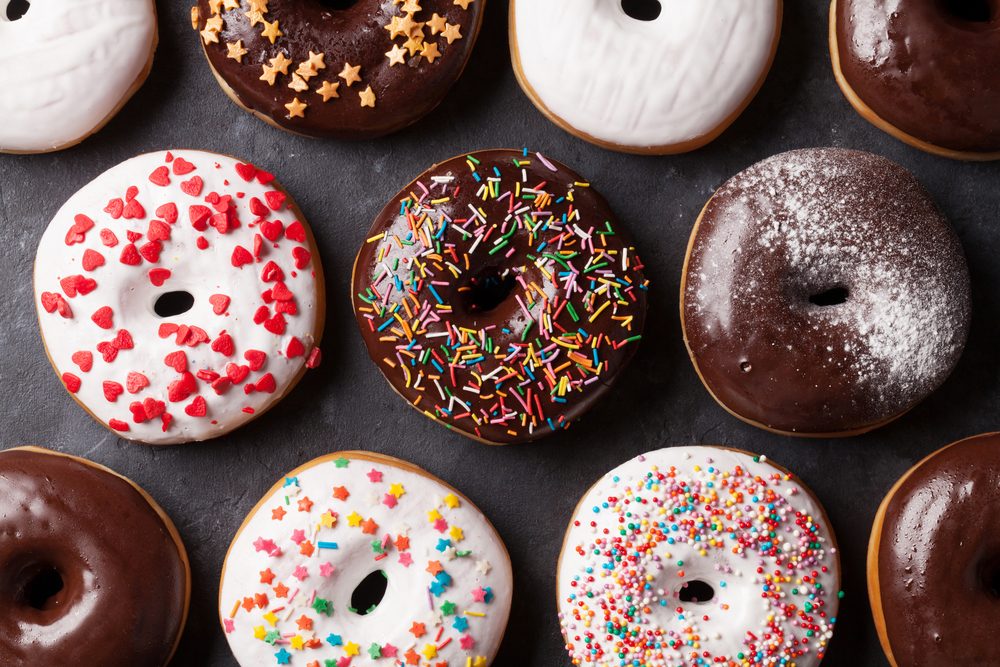
A poor diet may affect your brain
An Australian study published in 2015 in BMC Medicine found that people in their 60s who ate a lot of processed junk food had a smaller hippocampus—part of the brain crucial to learning and memory—than those who ate mostly fresh, whole foods. And in 2019, research published in the American Heart Association’s journal Stroke revealed a link between diet drinks and heart disease, stroke, and death from all causes. Specifically, women who drank two or more diet drinks a day had a 29 per cent higher chance of heart disease, a 31 per cent higher chance of stroke, and 16 per cent increased risk of dying earlier than women who drank the stuff less than once a week. This builds on earlier research tying diet soda to Alzheimer’s disease: People who drank one or more artificially sweetened drinks per day were nearly three times more likely to develop dementia than those who drank less than one a week. Keep in mind that these types of studies can show an association between two factors but don’t prove that one caused the other.
Here are the best foods for your heart.
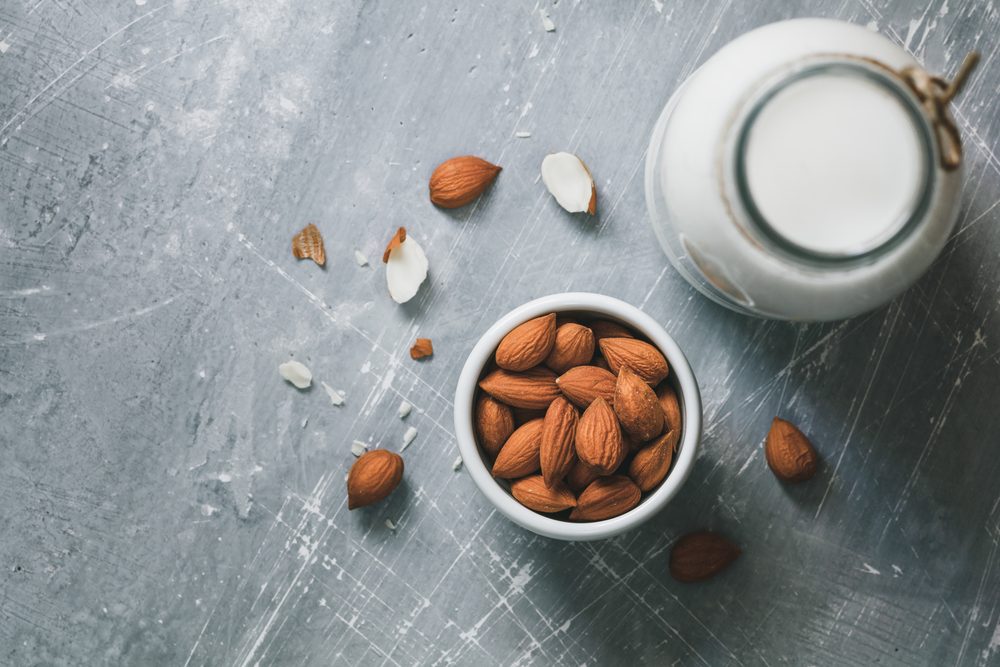
Almond milk isn’t as healthy as you think
“I’m always baffled by folks who want to avoid processed food yet drink almond milk,” says Angela Lemond, RDN, CSP, LD, a nutritionist in Plano, Texas, and spokesperson for the Academy of Nutrition and Dietetics. “Commercial almond milk is four to five almonds, water, added vitamins, and additives to make it look like milk. It’s very man-made.” She recommends that people snack on whole almonds and drink regular cow’s milk to maximize their nutrients in the most natural way possible.
Find out how to keep a special diet balanced.
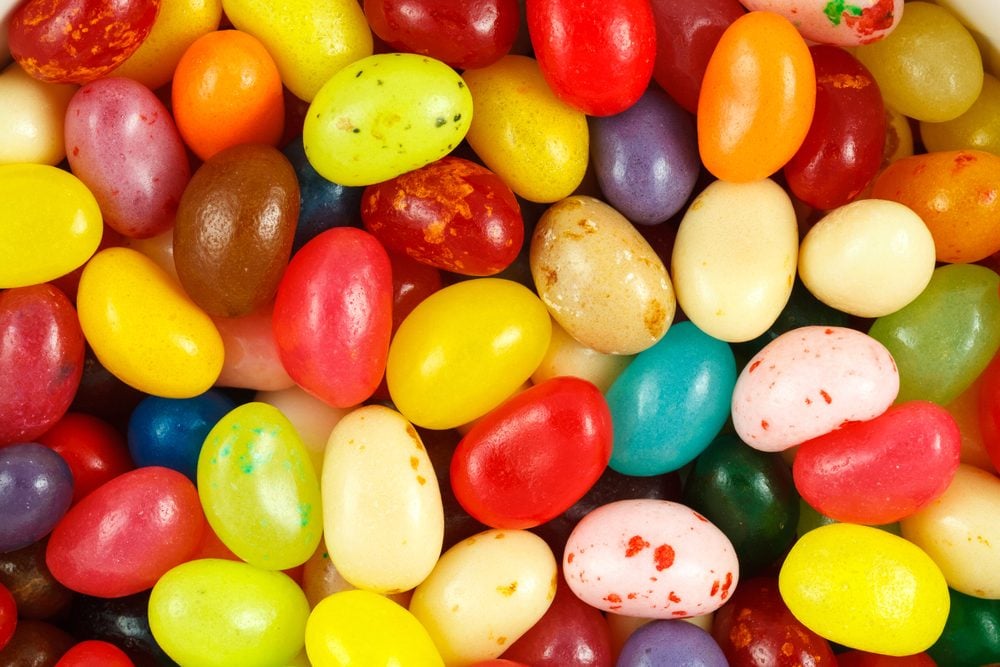
Your nails and jelly beans have something in common
You know that shiny, long-lasting shellac manicure you’re obsessed with? That same substance is used to give jelly beans, candy corn, and other glazed candy their shine, says Zeitlin. And that’s not even all. Shellac is actually a secretion from an insect. For a better way to satisfy your sweet tooth, join team dark chocolate—it has antioxidants and comes from the cacao plant, not a bug.
Pack your diet with these metabolism-boosting foods instead.
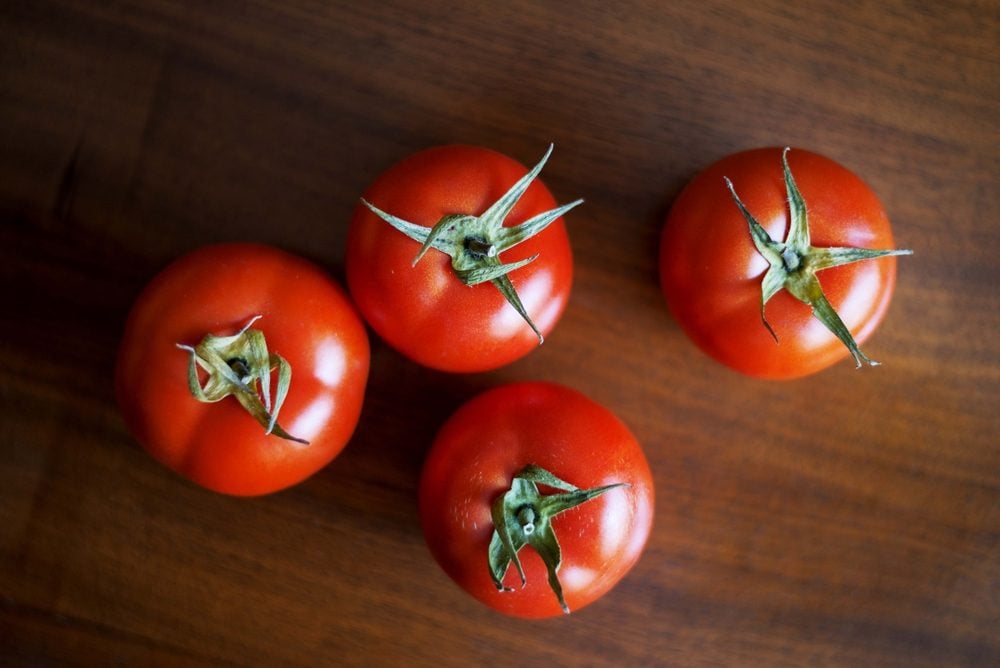
Processed food isn’t all bad
People have a knee-jerk reaction to the term “processed foods,” but they’re not all bad. It just depends on the level and kind of processing, says Gorin. Take 100 per cent grape juice, for example. Because it is made by pressing whole Concord grapes (including the skin, seeds, and pulp), it makes the heart-healthy and immune-boosting nutrients in those fruits—which are fairly short-lived in terms of their growing season—much more accessible, she explains. Similarly, cooking tomatoes actually increases the bioavailability of lycopene, the cancer-fighting compound in them, making some packaged products a great option. There’s even research suggesting that steaming broccoli can lift levels of health-promoting antioxidant compounds.

You should watch out for unnatural “natural flavours”
Manufacturers can use the blanket term “natural flavourings” on food labels. This could include castoreum, a.k.a. secretions from the anal gland of beavers, says Zeitlin. Yup, that’s natural. Castoreum, which is still sometimes found in small amounts in some products containing alcohol, has been used in chewing gum, ice cream (usually vanilla and strawberry), puddings, brownie mixes, and some hard candy. It’s earned the FDA’s “generally recognized as safe” (or GRAS) status, but vegans and people with a high “ick” factor may want to beware or stick to sweets with other ingredients.
These are the foods you should never eat past the expiration date.

Coffee is the top source of antioxidants in the North American diet
Coffee may be the number one source of antioxidants in the North American diet, as this study on coffee published in the journal Molecules points out. Antioxidants, as you may have heard while learning about other food facts, help fight off aging, heart disease, and cancer. But before you go for that second cup, remember this: Coffee isn’t a super-rich source of the free-radical-slaying substance; it just comes out on top because so many people drink so much of it. Load up on leafy greens, berries, and nuts to get your fill.
Learn the signs you’re drinking too much coffee.
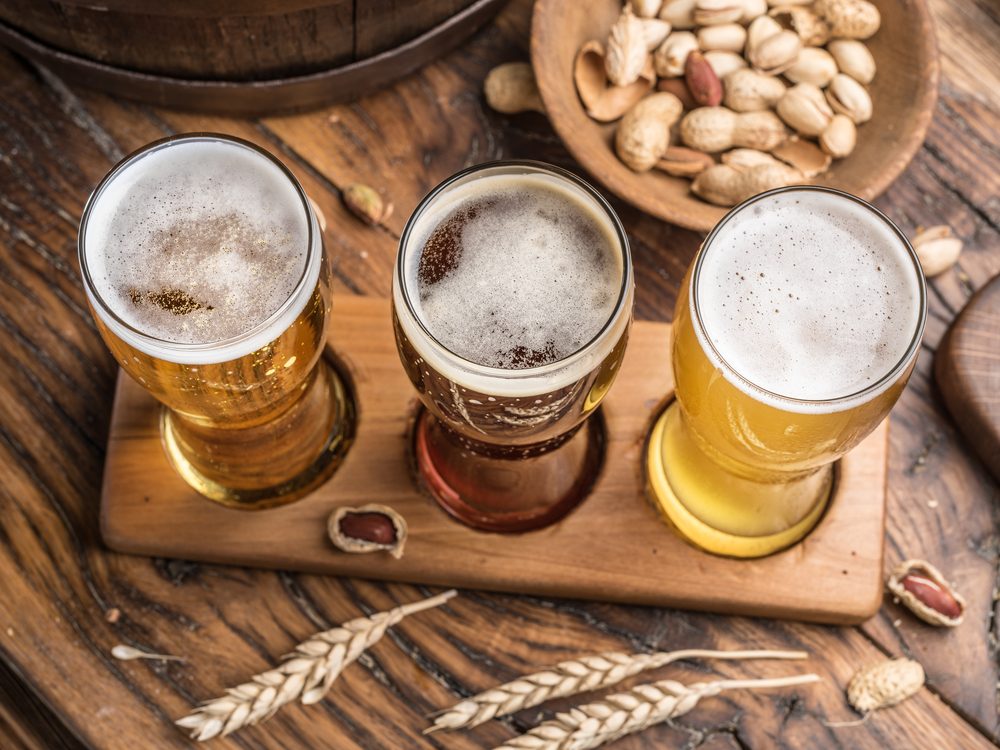
Beer may help prevent tooth decay
Some food facts just make you smile: Yes, tossing back a brew or two—specifically Guinness—may help keep your teeth sparkling, according to a study published in the Journal of Biomedicine and Biotechnology. Researchers discovered that beer helped prevent the growth of bacteria that leads to tooth decay and gum disease. Previous research found that the silicon in beer may promote strong bones, so it looks like milk’s got some competition—no, not really. And you still need to brush your teeth, by the way.
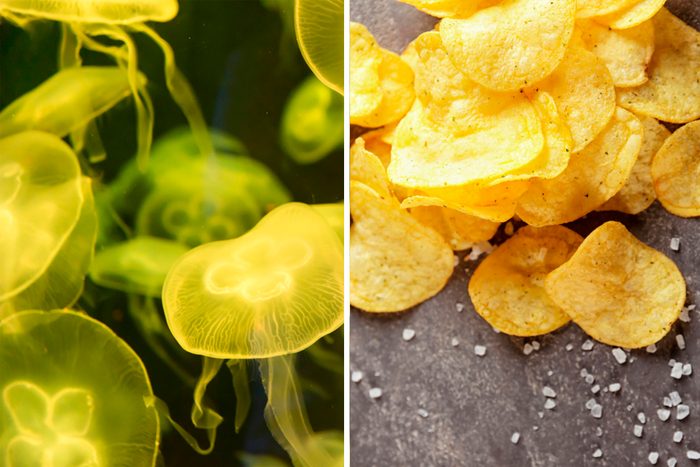
Someone made jellyfish snacks
And you thought cricket protein bars were bad. In 2017, researchers at the University of Southern Denmark developed a method for drying the tentacled sea creatures out to a crispy, paper-thin consistency, not unlike a chip. No word on how soon they’ll show up on whether in your local convenience store or in what flavours, but you can always hope.
Did you know that drinking this much coffee a day could help burn fat?
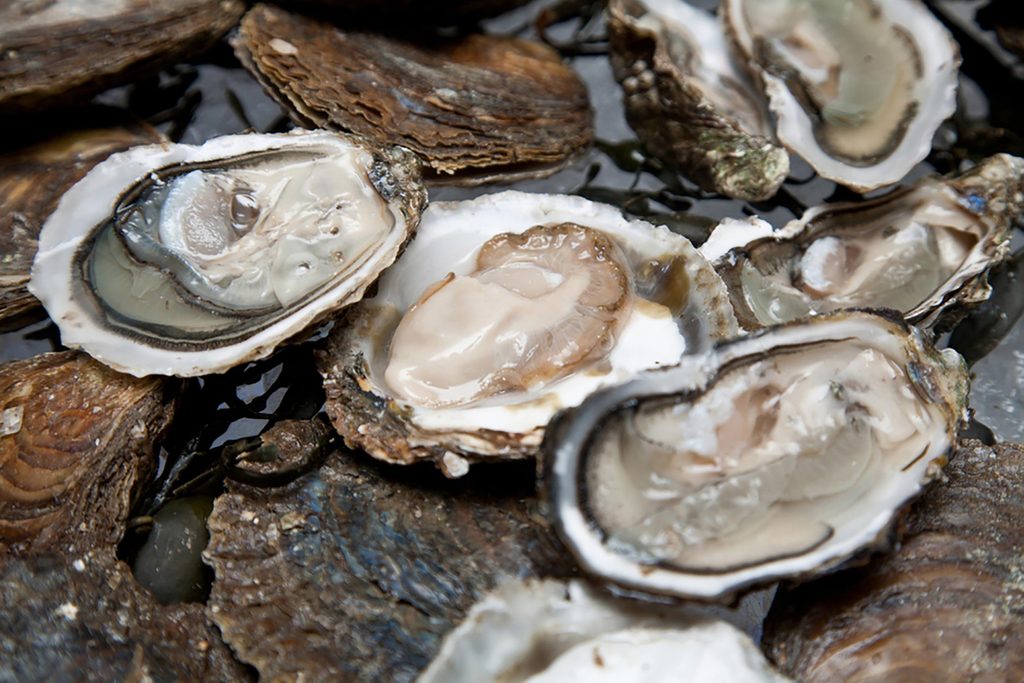
Raw oysters are still alive when you eat them
This may be one of the grossest food facts that is sadly true. The slimy little creatures are totally alive as they slide down your throat because dead oysters are not safe to eat. Once an oyster is plucked from the deep blue sea, their life span is extremely short, which means that restaurants need to get them on your plate ASAP. Live oysters are the only safe ones to eat because dead oysters harbour large amounts of bacteria that will make you sick, according to Safe Oysters.

Leftovers may taste better the next day
As if you needed another reason to save leftovers, the Institute of Food Technologists found that chemical reactions within food may continue to take place well after you cook and store it away. This means that your food may taste even better the second time around. Food proteins may continue to break down and release amino acids like glutamate, which gives food its savoury taste. You may also notice that your leftovers start to brown in the microwave. The browning effect happens when the amino acids react with sugar to produce new flavour molecules.
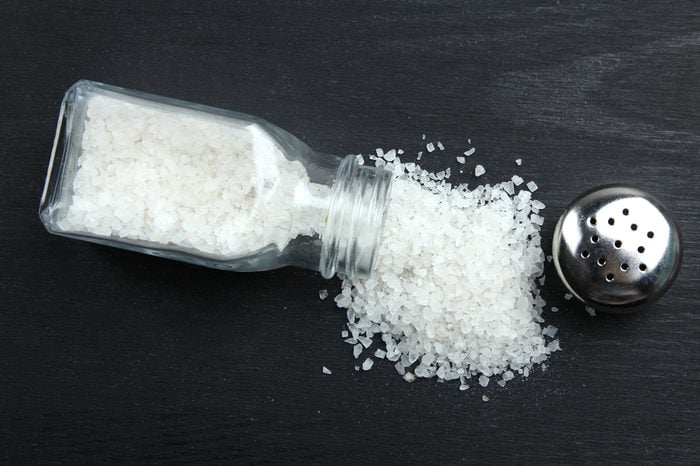
Sea salt and table salt contain about the same amount of sodium
Sea salt is often hailed as the healthier, low-sodium alternative to table salt. You may think you’re eating smarter by sprinkling sea salt on your roasted vegetables instead of table salt. But the truth is that table salt and most sea salts contain about 40 per cent sodium by weight, according to the American Heart Association. In other words, no real health difference—sorry, sea salt advocates.
Check out all the ways salt is making you sick.
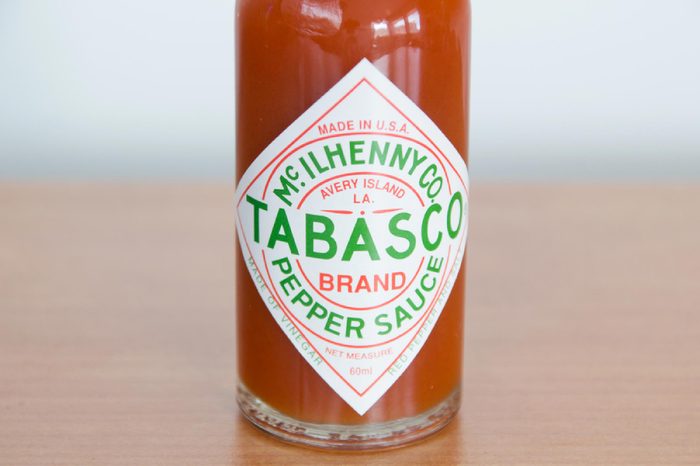
Spicy foods may lower your risk of dying
People who eat spicy food almost every day tend to live longer than people who only eat spicy foods once a week, according to a study published in the British journal TheBMJ. The researchers looked at the health and diets of nearly 500,000 people in China for four years and followed up a few years later. But keep in mind that the study doesn’t say that eating spicy foods gives you a few extra years of life; it just shows that people who ate spicy foods during the study period were less likely to die than those who ate spicy foods less frequently. The study was conducted by researchers at the Harvard School of Public Health, and the Harvard Health Letter points out that other investigators have found that ingredients in spicy foods such as capsaicin may help lower unhealthy fats in the blood (LDL cholesterol and triglycerides) and ease inflammation.
Discover what an appetite for spicy foods says about your personality.
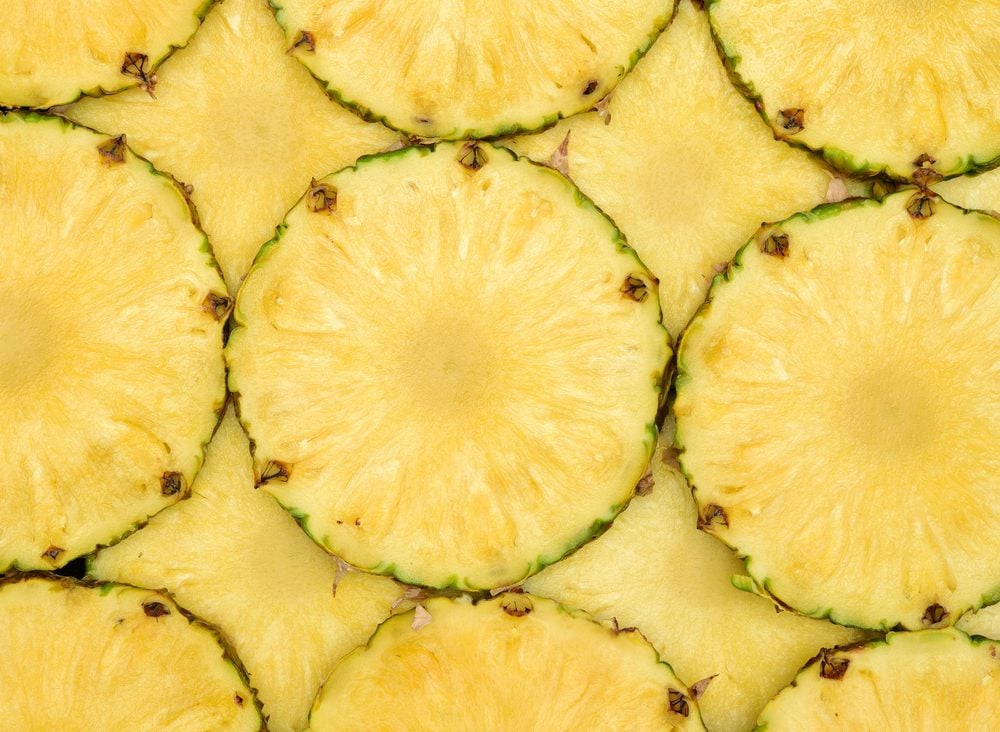
Pineapple may ruin your taste buds
Before you start to freak out, the effect usually lasts only for a few hours or the remainder of the day. Plus, some people experience a burning, prickly sensation eating a pineapple, while others do not. The culprit behind that prickly feeling on your tongue is bromelain, an enzyme that breaks down proteins. Cooking pineapple or cutting it up and letting it sit overnight will lessen the attack of bromelain because the enzyme does break down with time or heat. Make sure you also avoid eating the core—that’s where most of the bromelain hides.
Next, find out how to eat a pineapple the correct way.